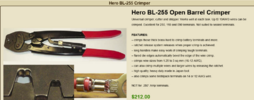increasing
Site Supporter
Recently bought an ST1100AX which I am in the process of doing a full service with all recommendations from the "ST1100 - Basics / Buying Guide" including the "Red Wire By-Pass Mod (ST1100)".
I have ridden 180 kilometers with the bike which runs well and all the electrical works well, but ... was a little surprised when I checked the "Red Wire" ... I found the connector housing in the tool bag ...
Take a look at the pictures, there are a lot of threads here on the forum on this problem but what is the latest and what is the best thing to do? What do I have to buy and what should I buy to get this as tidy as possible with a solution that is good
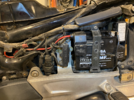
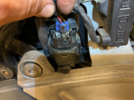
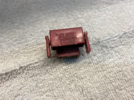


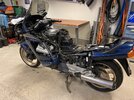
I have ridden 180 kilometers with the bike which runs well and all the electrical works well, but ... was a little surprised when I checked the "Red Wire" ... I found the connector housing in the tool bag ...
Take a look at the pictures, there are a lot of threads here on the forum on this problem but what is the latest and what is the best thing to do? What do I have to buy and what should I buy to get this as tidy as possible with a solution that is good







 A trailer hitch, high brake light on the top box and hot grip handlebars have been installed. All of this is disconnected and I don't want it, if I want power for the GPS it is 12V with a 5A fuse behind the battery.
A trailer hitch, high brake light on the top box and hot grip handlebars have been installed. All of this is disconnected and I don't want it, if I want power for the GPS it is 12V with a 5A fuse behind the battery.


